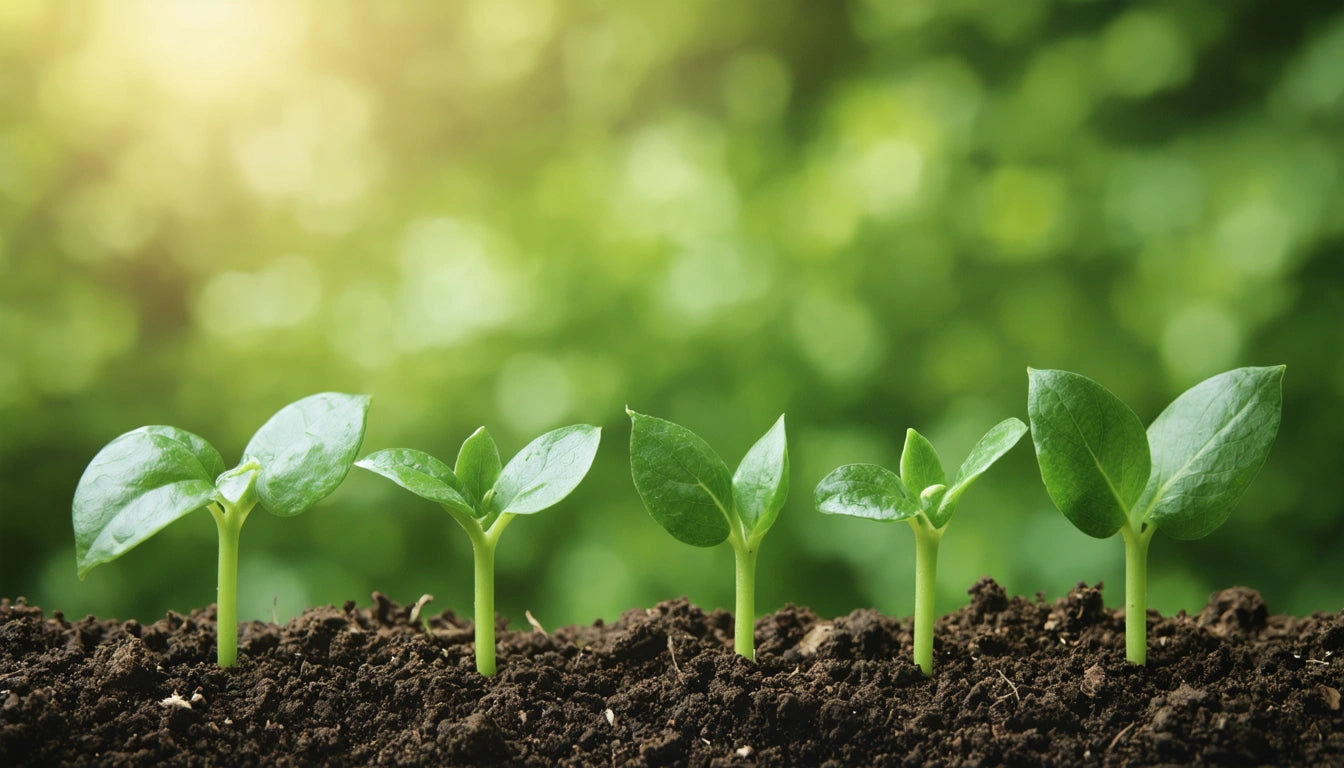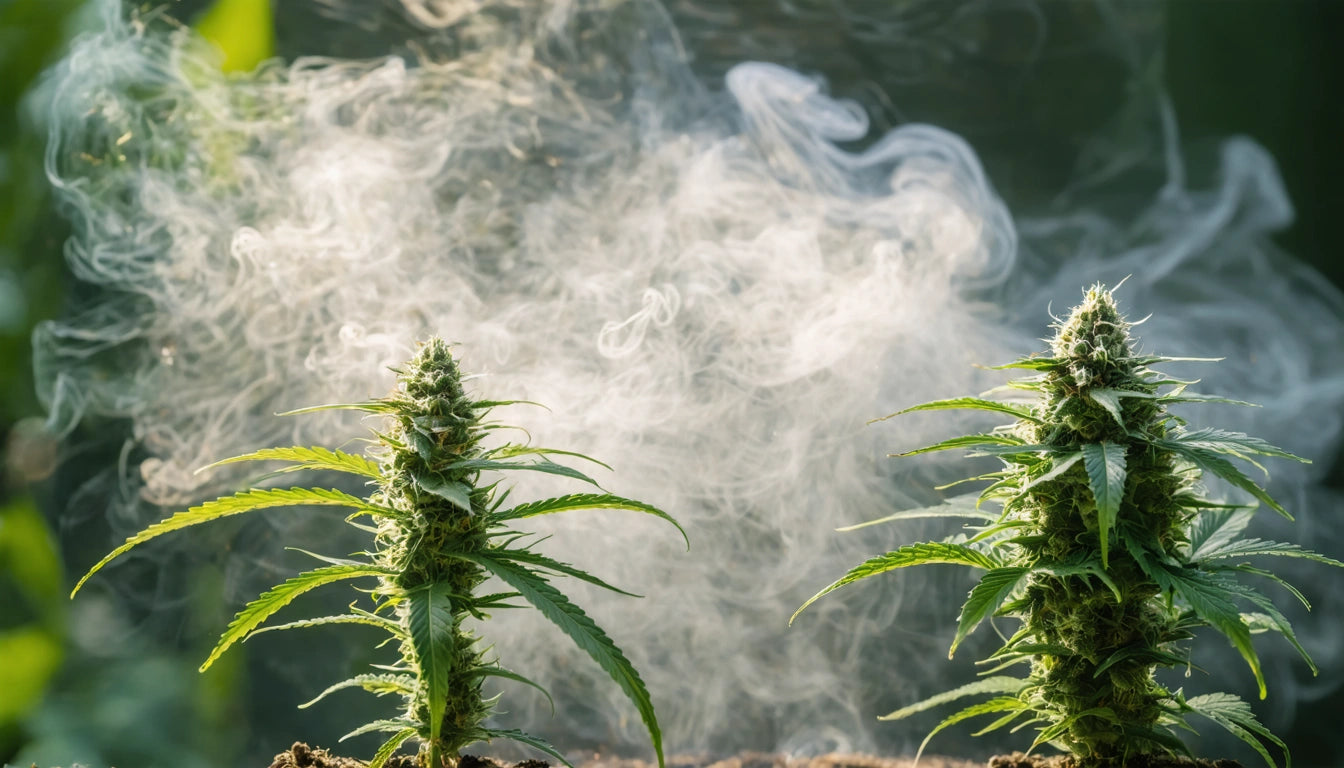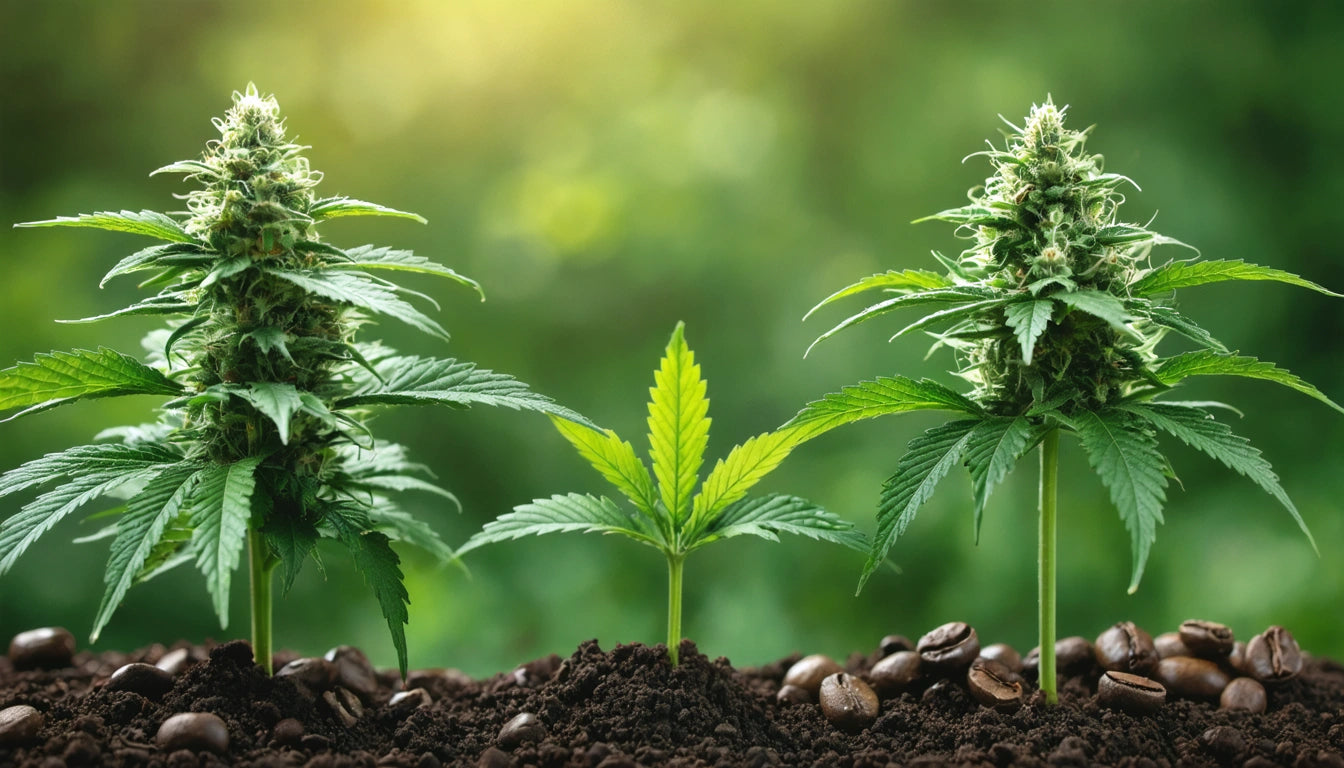When to Transplant Seedlings: A Comprehensive Guide
Knowing when to transplant seedlings is crucial for ensuring healthy plant development and maximizing yields. Timing this transition correctly prevents stunted growth, root damage, and other complications that can compromise your gardening efforts. This guide covers the essential indicators of transplant readiness and techniques to ensure your seedlings thrive in their new environment.
Identifying When Seedlings Are Ready for Transplant
Determining when seedlings are ready to transplant requires careful observation of several key indicators. Most seedlings become transplant-ready when they develop their first set of true leaves, which appear after the initial seed leaves (cotyledons). These true leaves resemble the mature plant's foliage and signal that the seedling has established basic photosynthetic capability.
According to our guide on transplanting to larger pots, root development provides another crucial indicator. When roots begin circling the bottom of the container or emerging from drainage holes, it's time to provide more space. This typically occurs 2-4 weeks after germination, depending on the plant species and growing conditions.
Visual Indicators of Transplant Readiness
- Development of 2-4 true leaves
- Seedling height of 2-4 inches (species dependent)
- Visible roots at drainage holes
- Healthy, vibrant color
- Sturdy stem that can support the plant
Optimal Timing for Different Plant Types
Different plants have unique growth patterns that affect when you should transplant seedlings. Vegetable seedlings generally follow similar timelines, while flowering plants and specialty crops may require specific considerations.
Vegetable Seedlings
Most vegetable seedlings are ready for transplanting 3-4 weeks after germination. Tomatoes, peppers, and eggplants benefit from slightly longer nursery periods (4-6 weeks) to develop stronger root systems. Cucumbers, squash, and melons, however, dislike root disturbance and should be transplanted earlier, ideally when they have just 1-2 true leaves.
Flower Seedlings
When to transplant flower seedlings depends largely on the variety. Annual flowers typically follow similar timelines to vegetables, while perennials often benefit from longer development in starter containers. As noted in our repotting guide, some delicate flowering plants may require an intermediate pot size before final garden placement.
Cannabis Seedlings
Cannabis cultivators should monitor seedling development closely, typically transplanting when plants show 2-3 sets of true leaves, usually 10-14 days after germination. For those growing cannabis, using proper specialized cultivation supplies and packaging solutions becomes important throughout the plant's life cycle to maintain quality and compliance.
Preparing for Successful Transplanting
Proper preparation minimizes stress and promotes rapid establishment in the new growing environment. Begin by hardening off seedlings grown indoors. This process involves gradually exposing plants to outdoor conditions over 7-10 days, starting with 1-2 hours of filtered sunlight and incrementally increasing exposure.
Prepare the receiving containers or garden beds before disturbing seedlings. For container growing, select pots that are 1-2 inches larger in diameter than the current container. Fill with high-quality potting mix, leaving space for the root ball. For garden beds, amend soil with compost and ensure proper drainage.
As explained in our successful transplanting guide, timing the transplant for cooler parts of the day (early morning or evening) reduces transpiration stress and improves survival rates.
Proper Transplanting Technique
When transplanting seedlings, handle them by their leaves rather than stems to prevent damage to vascular tissues. Moisten the soil in the starter container to help the root ball release cleanly. Create a hole in the new growing medium slightly larger than the root mass to avoid compressing delicate roots.
After placing the seedling, backfill around the roots and gently firm the soil to eliminate air pockets. Water thoroughly but gently after transplanting to settle the soil around roots without washing them bare.
Nutrient Considerations for Seedlings
Understanding when to start giving seedlings nutrients is crucial for proper development. Most seed-starting mixes contain minimal nutrients, which is beneficial during germination but insufficient for extended growth. Begin fertilizing when seedlings develop their first true leaves, using a diluted (quarter to half-strength) balanced fertilizer.
After transplanting, wait 1-2 weeks before resuming fertilization to allow roots to establish and recover from transplant stress. This approach, detailed in our seedling care guide, prevents nutrient burn while supporting healthy growth.
Nutrient Schedule for Transplanted Seedlings
- Pre-transplant: Quarter-strength balanced fertilizer after first true leaves appear
- Transplant day: Water only, no fertilizer
- 1-2 weeks post-transplant: Resume with half-strength fertilizer
- 3-4 weeks post-transplant: Full-strength fertilizer as appropriate for plant type
Avoiding Transplant Shock
Transplant shock occurs when seedlings struggle to adapt to new growing conditions. Symptoms include wilting, yellowing leaves, stunted growth, and in severe cases, plant death. To minimize this stress response, transplant on overcast days or in the evening when transpiration demands are lower.
Maintain consistent soil moisture for the first week after transplanting. Consider using a diluted seaweed extract to stimulate root growth and reduce stress. As noted in our transplant shock guide, temporary shading may be necessary for sensitive plants moved to direct sunlight.
Advanced Strategies for Seedling Development
For gardeners looking to optimize their transplanting process, several advanced techniques can enhance success rates. Consider using biodegradable pots that can be planted directly into the soil, eliminating root disturbance entirely. These work particularly well for sensitive root systems like cucumbers and squash.
Implement succession transplanting for continuous harvests of vegetables and flowers. This involves starting new batches of seedlings every 2-3 weeks and transplanting them according to the same readiness indicators.
For specialty crops, particularly those with extended growing seasons, intermediate potting up may be beneficial. Rather than moving directly from seed tray to final location, transplant into progressively larger containers as the plant develops. This technique is especially valuable for tomatoes, peppers, and many perennial flowers.
By carefully observing your seedlings and responding to their growth cues rather than following a rigid calendar, you'll develop an intuitive sense of when to transplant seedlings for optimal results in your specific growing environment.











Leave a comment
All comments are moderated before being published.
This site is protected by hCaptcha and the hCaptcha Privacy Policy and Terms of Service apply.